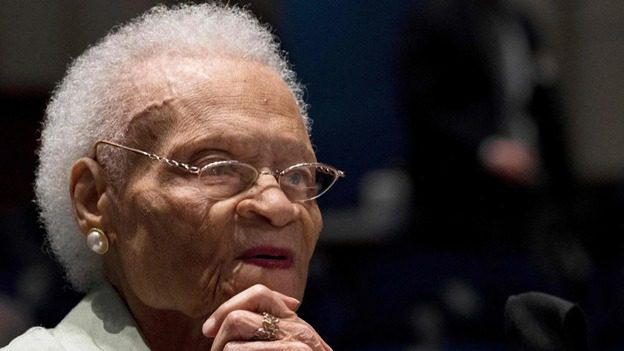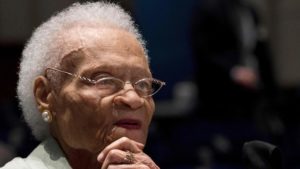When Everyone is Part of American History

The best history of the America of about 100 years ago came from an unlikely source. It was a historical fiction, starting in 1918 and running through the next five or so years. The book is The Given Day, by Dennis Lehane. The viewpoint characters are, first, Danny Coughlin, a World War I vet turned cop. He’s a rookie when the Flu Epidemic of 1818-19 strikes Boston. He’s white and Irish and is from a family of police senior staff.
The second viewpoint is Luther Lawrence. He’s a Negro League level ballplayer who works for the Coughlins, is involved in early NAACP work, and is in Tulsa during the massacre in 1921.
Along the way, history unfolds. Those years included Anarchists in Boston, the Boston Police Strike of 1919, and the great molasses flood of 1919 (which was, of course, blamed on the anarchists, in the press). The novel’s characters are in the thick of it all. And there are cameo moments of other notables of the period, including Babe Ruth and J. Edgar Hoover.
I read it sometime in 2009. It was the first time I heard about the Tulsa massacre of 1921. Most of the other history I had heard of before. I recommend this book, especially for people who are looking for an accessible history of this turbulent time.
American History and Critical Race Theory
I have been following the stories about states who are outlawing “critical race theory” in the public schools. Critical race theory involves teaching children the American history that shows that American social and economic structures favored White men.
My story:
I went to school in the 60s and 70s. Yes, I grew up in a liberal school district. Many people my age did not learn what I learned. What my teachers did was to question the “American” story that was part of our school’s curriculum to get us to think about the lives of people who weren’t white men.
When we were asked to imagine white women, it was pretty easy. When we were asked to imagine immigrants it was pretty easy for most of us (my class was mostly children and grandchildren of immigrants). When we were asked to reach beyond our experiences, we needed guidance at school. Here are some fragments that stayed with me:
Slavery:
Third grade, maybe fourth: The text book said that there were slaves in the South, but not many slaves in the North. Why? The book said that slaves couldn’t survive in the cold and they died, so northerners didn’t buy them. Really. That’s what it said, more or less. Our teacher asked us to read the section and discuss it. My class, full of little white kids who lived in the north, they thought it made sense.
I had my doubts. I lived with a Black woman in my house (my mother died before I went to school and my father hired a live-in nanny until I was in second grade). My nanny didn’t like the cold, but she didn’t die from it. But I kept my mouth shut.
Then our teacher explained what a disservice this view of slavery was. Black people were shown to die; no sympathy for those deaths was described. They died, so they weren’t valuable to northerners; again they are described as things, not people. Why did they die in the cold? The picture in the book showed a drawing of a man in a barn with a blanket, dead on the floor. Did he die because he slept in an unheated barn with animals? Whose fault is that? A negligent slave owner, not the enslaved man himself!
Native Americans:
Our class watched Oklahoma! It’s a musical full of lover’s intrigues and good old American fun. It’s where I learned about the custom of shivaree. There is one Native character in the movie, and he’s not sympathetic. (There was also an unsympathetic Arab character, who I entirely forgot about until I saw Oklahoma again recently).
After we talked about the story, my fourth grade teacher asked us how the farmers and the ranchers ended up in Oklahoma? We answered, “No one was there, so they moved in.” Then she told us about the Native people who lived in Oklahoma and were force-marched off their land to Oklahoma in 1830. She asked us what we thought the Native people, who were the grandchildren of those forced migrants, would think of all this dancing and singing about Oklahoma?
What this exposure did for me was to make me notice who is missing in a story. It served me well.
More about Tulsa

The 100th anniversary of this massacre just passed on June 1, 2021. In the 13 years since The Given Day was published, more white people are hearing about this intentional destruction of a thriving Black-owned segregated business district and the murder of people who lived there.
Viola Fletcher was one who survived and recently testified, at the age of 107.
(For more info, go to this link. There’s a 45 minute video there).
Another video, from The History Channel: